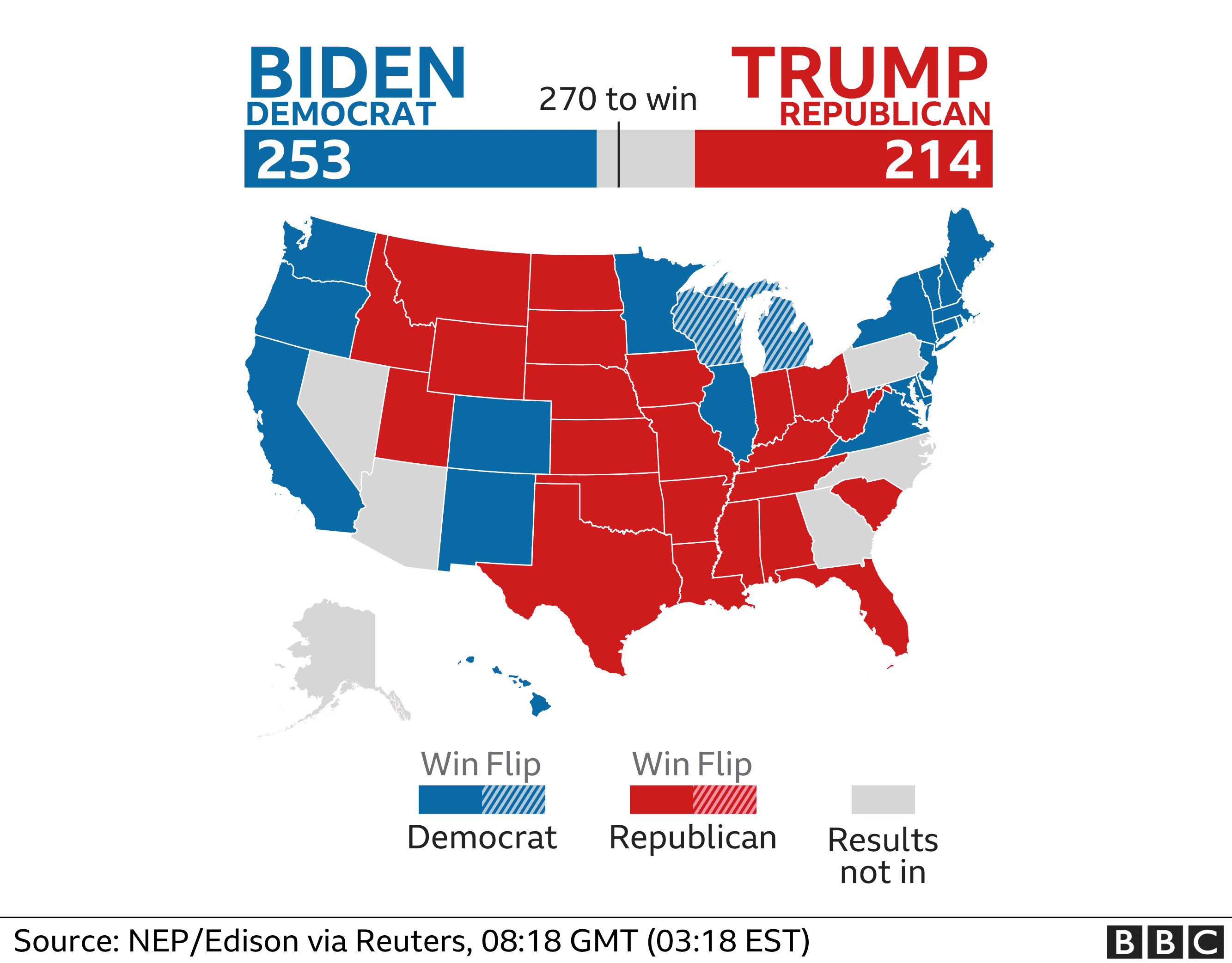Election Results Overview
:no_upscale()/cdn.vox-cdn.com/uploads/chorus_asset/file/24192602/governors_10am_1113.jpg)
The recent election saw a close contest between the two leading candidates, with [Candidate A] ultimately emerging victorious. [Candidate A] secured a narrow margin of victory, garnering [percentage] of the vote compared to [Candidate B]’s [percentage]. This victory marks a significant shift in the political landscape, as [Candidate A] represents a [political ideology] platform.
Voter Turnout and Demographic Trends
Voter turnout in this election reached [percentage], a [increase/decrease] compared to the previous election. This indicates a [high/low] level of engagement among the electorate. Notably, [mention specific demographic groups and their voting patterns], reflecting the growing importance of [mention relevant social issues].
Significance of the Election Results
This election has significant implications for the future of [mention relevant policy areas]. The victory of [Candidate A] suggests a shift in public sentiment towards [mention key policy areas] and could lead to [mention potential policy changes]. Moreover, the close contest highlights the deep divisions within the electorate and the need for [mention potential solutions to address the divisions].
Key Issues and Voter Sentiment
This election was heavily influenced by a range of critical issues that resonated deeply with voters. These issues shaped the campaign discourse and ultimately played a significant role in determining the outcome.
Economic Concerns and Cost of Living
The rising cost of living was a major concern for many voters. Inflation, particularly in areas like food, energy, and housing, significantly impacted household budgets. This issue was particularly salient for low-income and working-class families, who felt the strain most acutely.
“I’m worried about putting food on the table. Everything is so expensive these days. I need a leader who understands the struggles of ordinary people.” – Sarah, a single mother of two.
The candidates’ positions on addressing inflation, such as tax cuts or targeted subsidies, were closely scrutinized by voters.
Healthcare and Access to Quality Care
Healthcare access and affordability remained a central concern for voters. The rising cost of healthcare, coupled with concerns about the quality of care, pushed this issue to the forefront of the campaign.
“Healthcare should be a right, not a privilege. I want a leader who will fight for affordable healthcare for everyone.” – John, a retired teacher.
Candidates’ plans for healthcare reform, including proposals for universal healthcare or expanding access to existing programs, were closely analyzed by voters.
Climate Change and Environmental Protection
The urgency of climate change and its impact on the environment were also major concerns for many voters. The increasing frequency and severity of extreme weather events, such as floods, droughts, and wildfires, underscored the need for action.
“I’m worried about the future of our planet for my children and grandchildren. We need a leader who will take climate change seriously.” – Emily, a young mother.
Candidates’ stances on climate change mitigation, such as investments in renewable energy or carbon pricing policies, were carefully considered by voters.
Impact of Election Results

The recent election has brought about significant changes in the political landscape, with far-reaching implications for various aspects of society. The results will undoubtedly shape the future direction of the country, influencing government policies, political alliances, and the overall political climate.
Government Policies and Legislation
The election outcome will likely lead to changes in government policies and legislation. The winning party’s platform and campaign promises will serve as a blueprint for their actions in office. For example, if the winning party advocates for increased social spending, we can expect to see policies aimed at expanding social programs and increasing funding for social services. Conversely, if the winning party prioritizes fiscal conservatism, we may see policies focused on reducing government spending and lowering taxes.
Political Alliances and Coalition Formation, Election results
The election results can significantly impact political alliances and coalition formation. If one party gains a majority in the legislature, it may be able to implement its agenda without needing to negotiate with other parties. However, if no single party secures a majority, coalition governments become necessary. These coalitions can be complex and require compromise, potentially leading to a more fragmented and less decisive political landscape.
Changes in the Political Landscape and the Emergence of New Political Forces
The election results can also lead to changes in the political landscape and the emergence of new political forces. If a particular party or candidate experiences a significant loss, it may trigger internal reforms or even the rise of new political movements. For instance, the decline of a traditional political party might create an opportunity for a new party or political ideology to gain traction.
Election results can be a powerful indicator of public sentiment, providing valuable insights into the political landscape. One key event to watch is the mn primary results , which can often foreshadow the outcome of the general election. Understanding these primary results can help us predict potential shifts in voter preferences and anticipate the overall direction of the election season.
